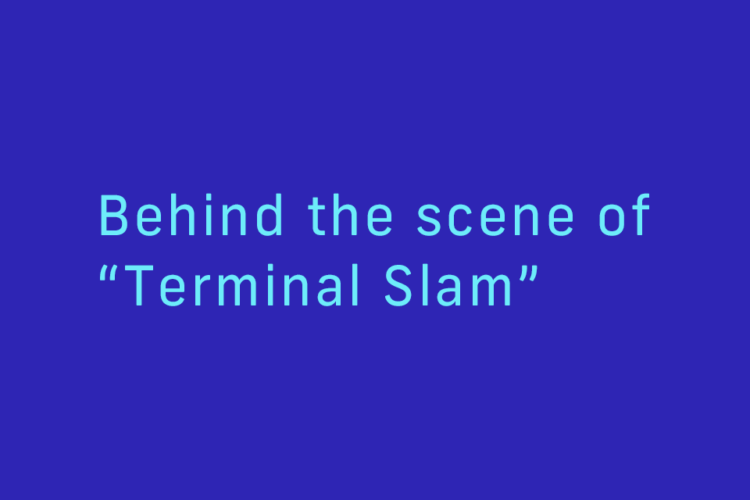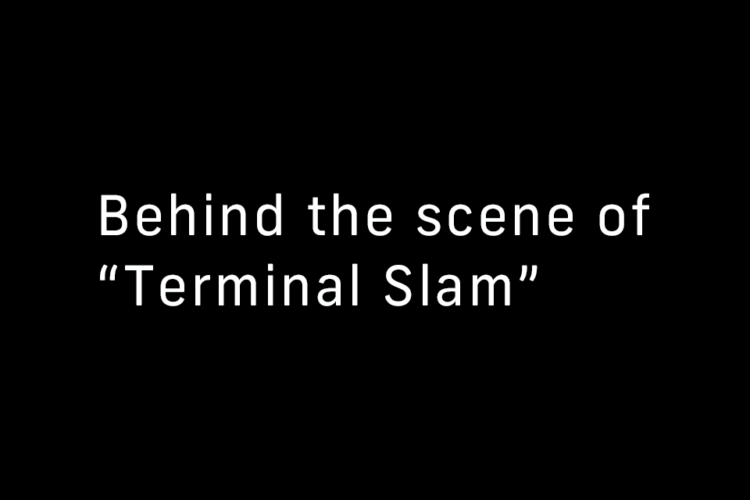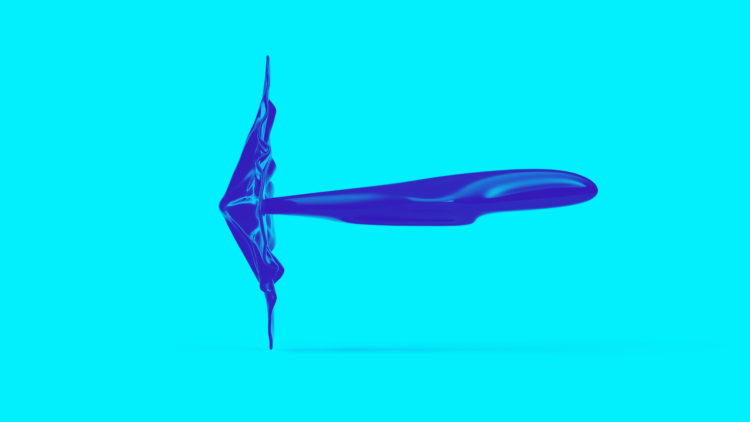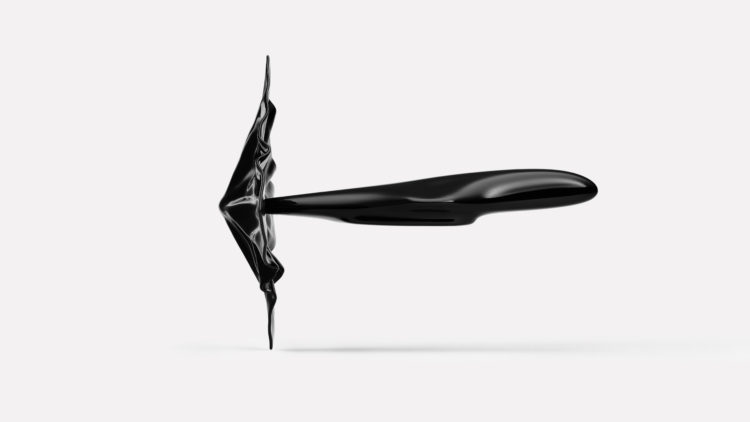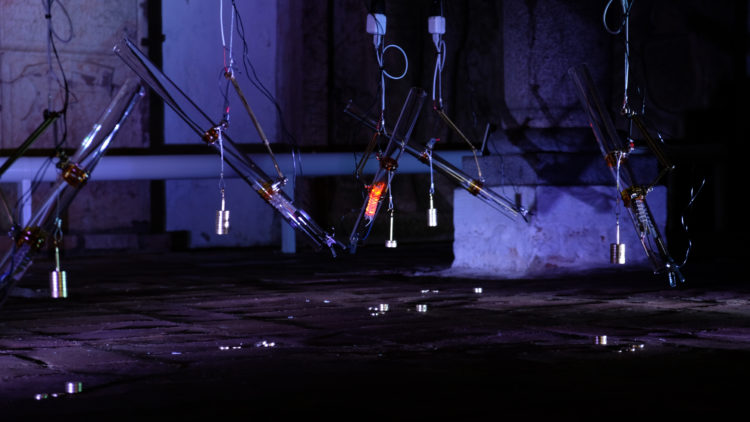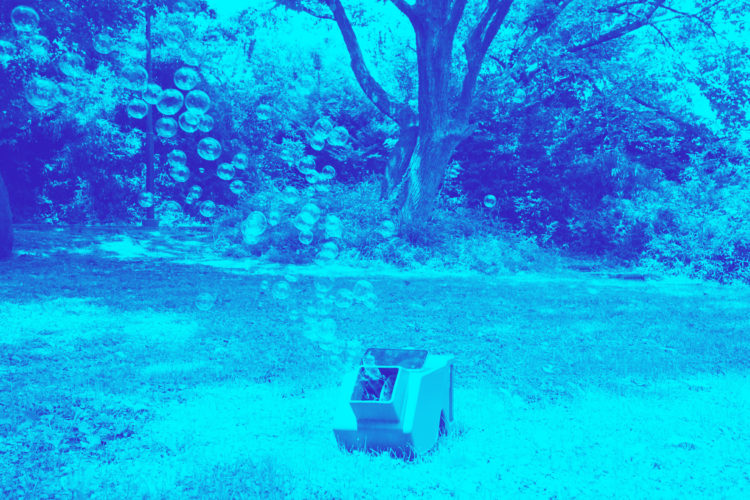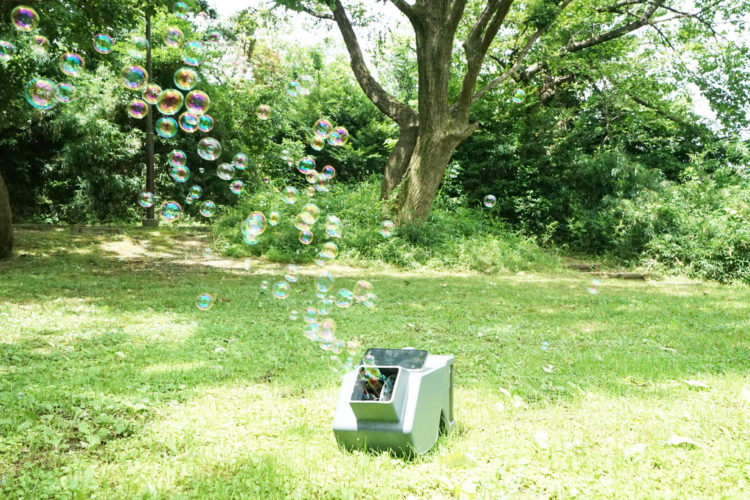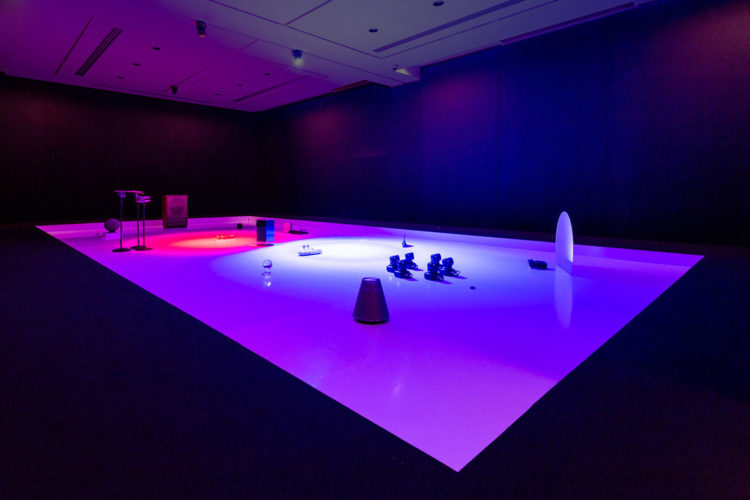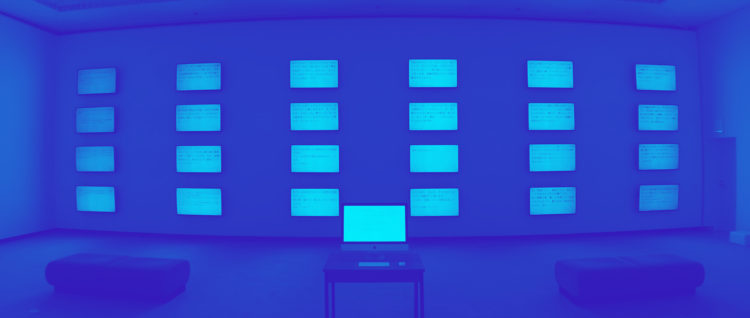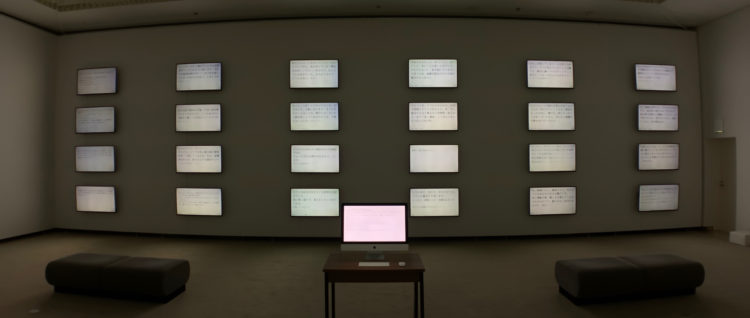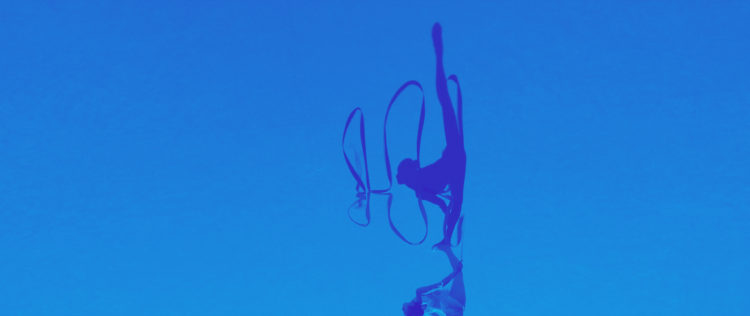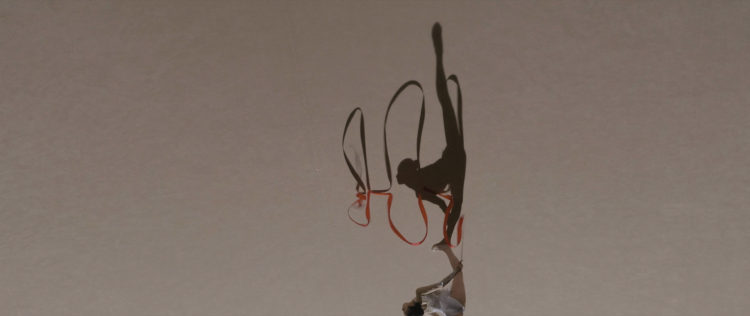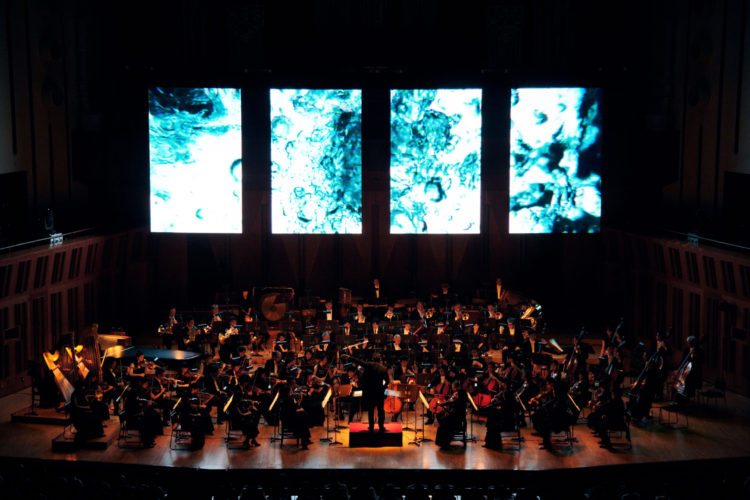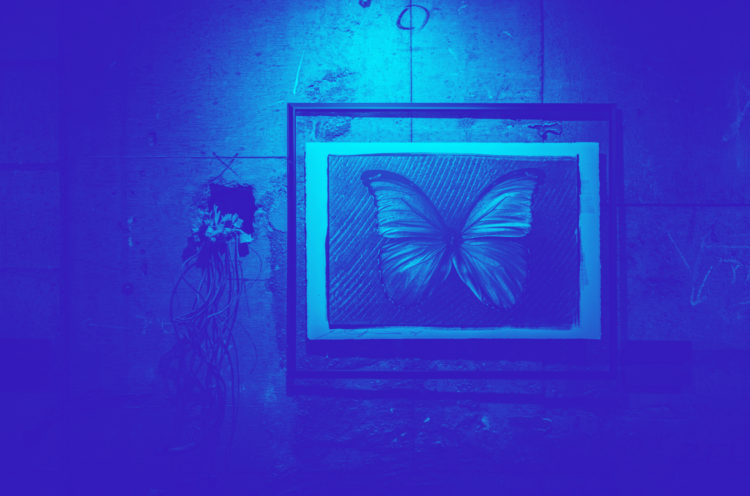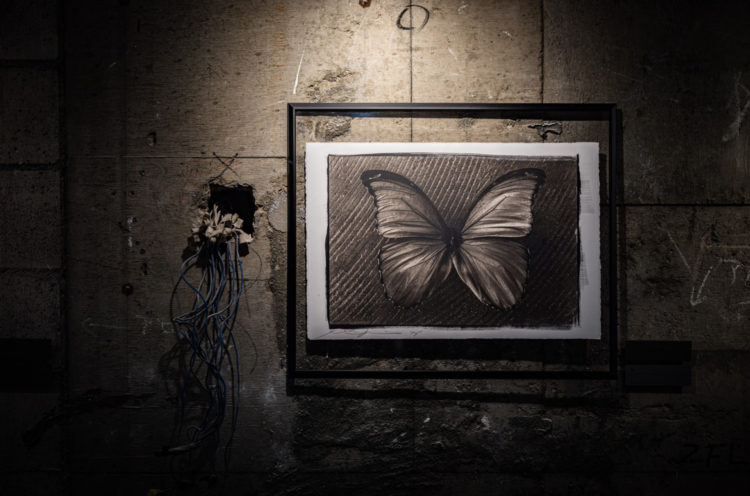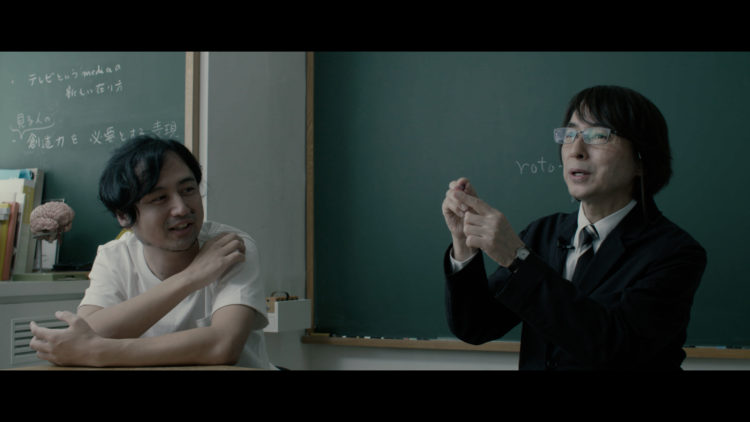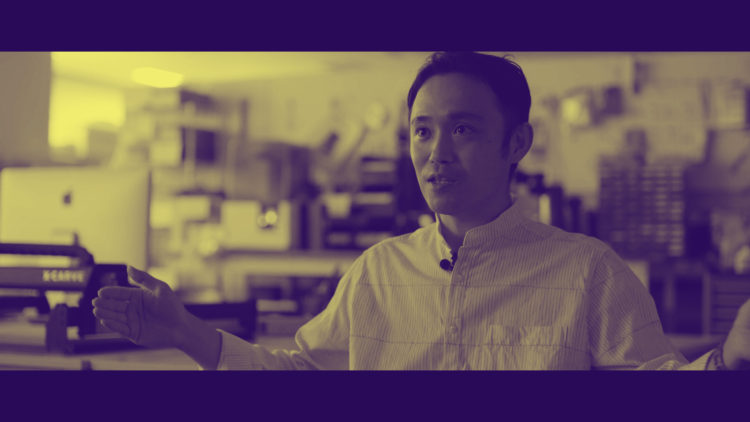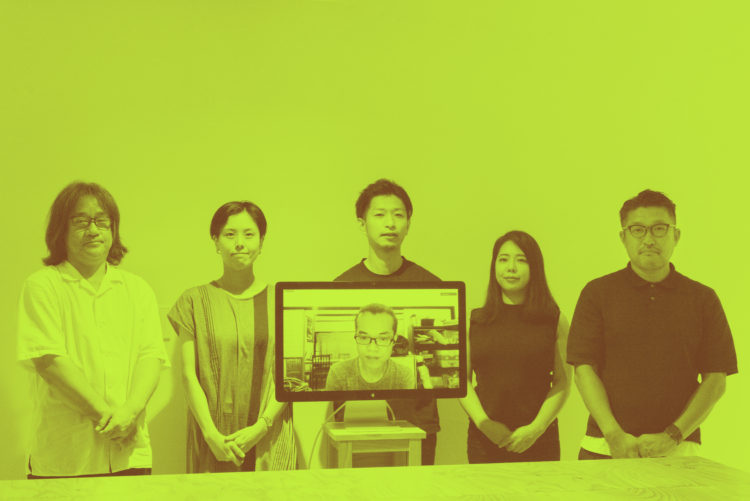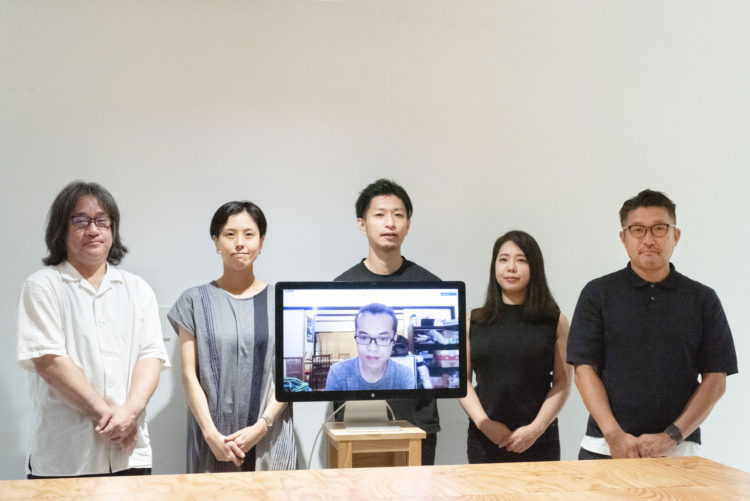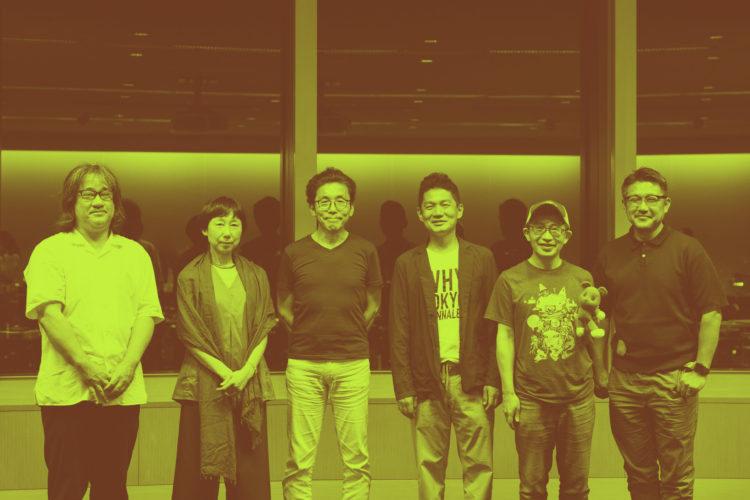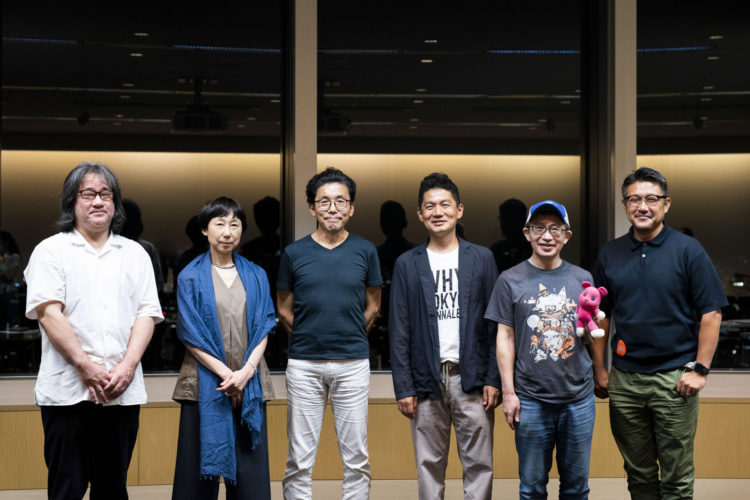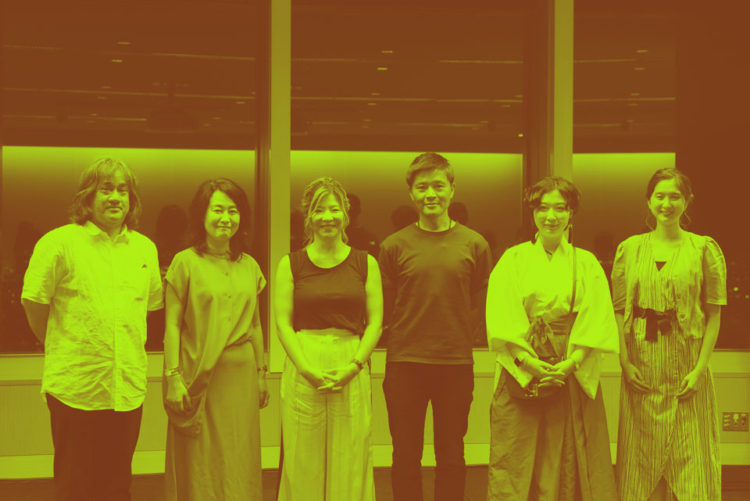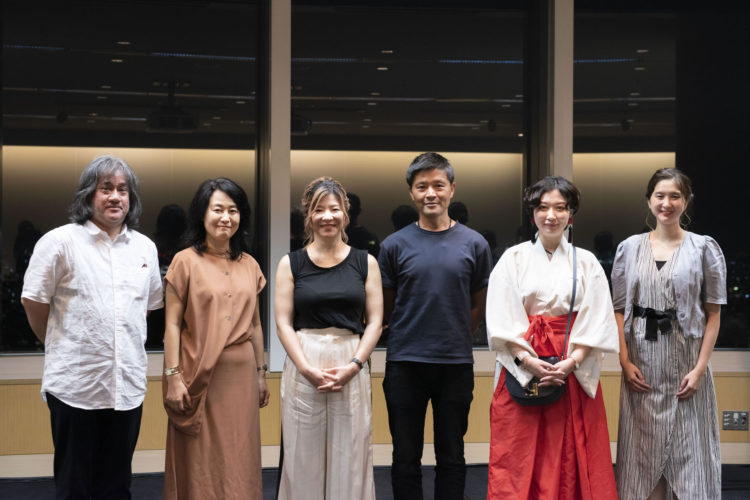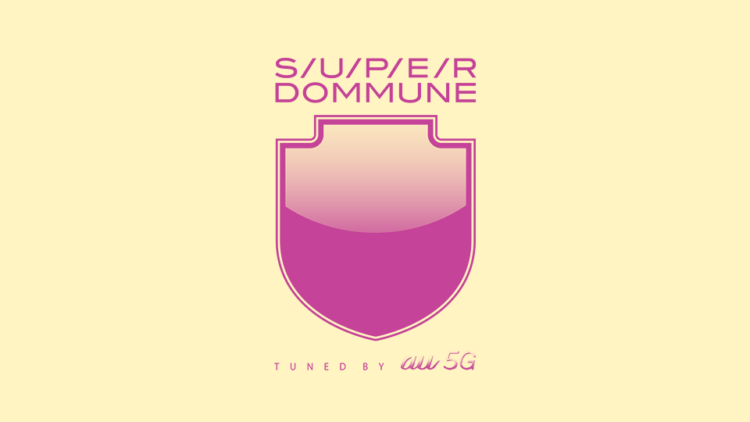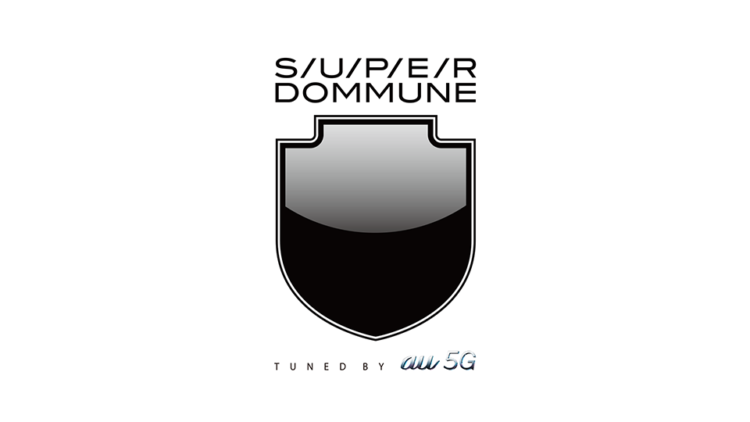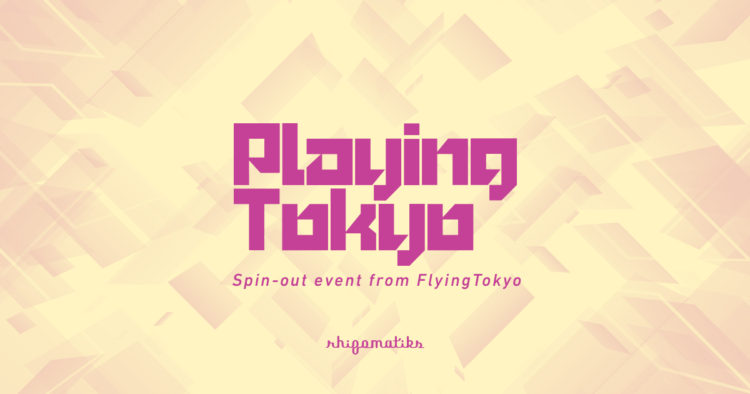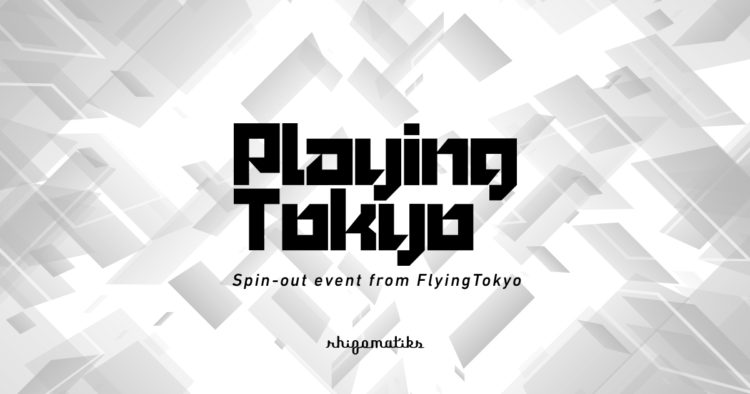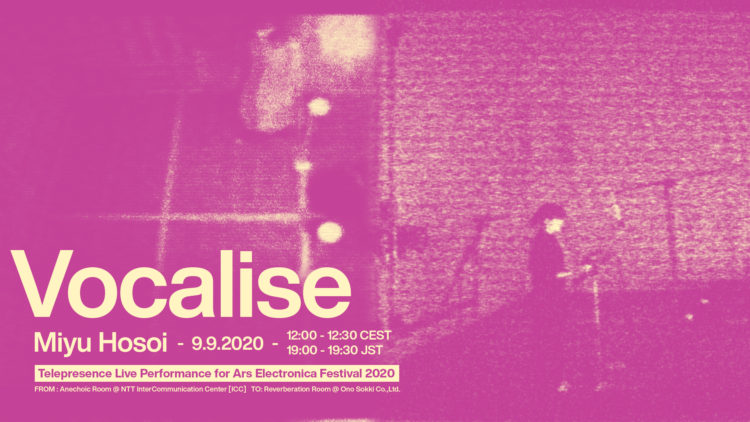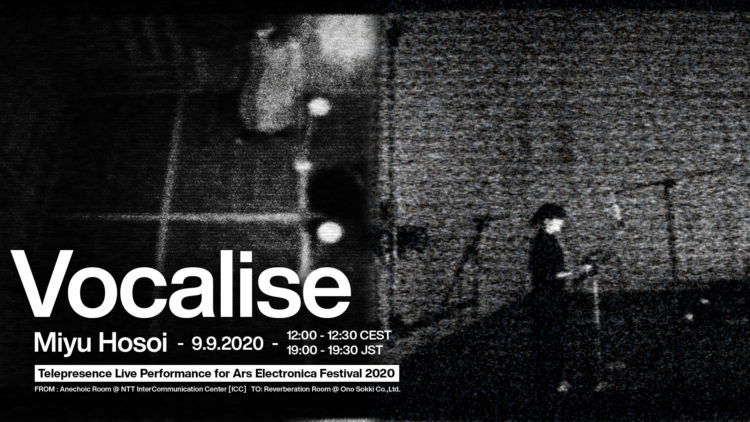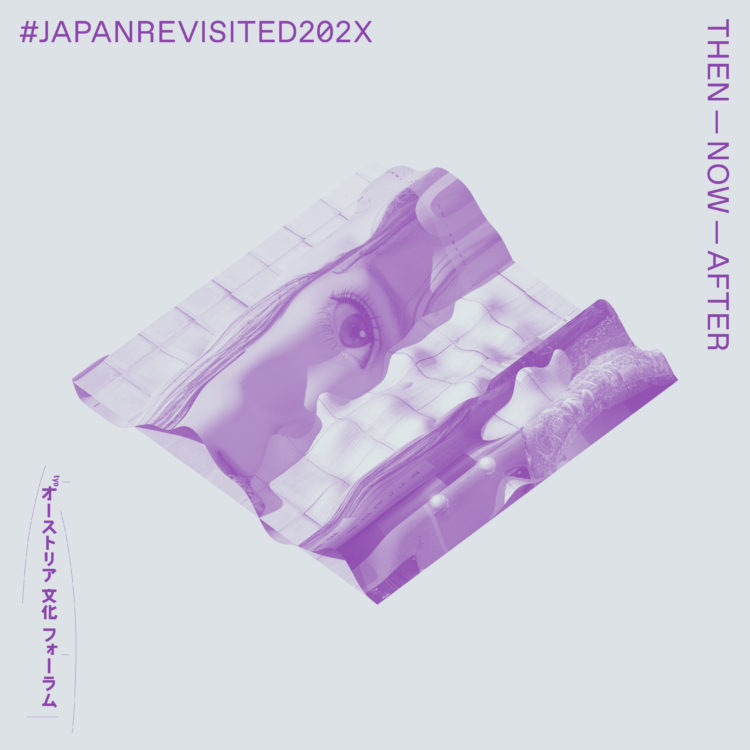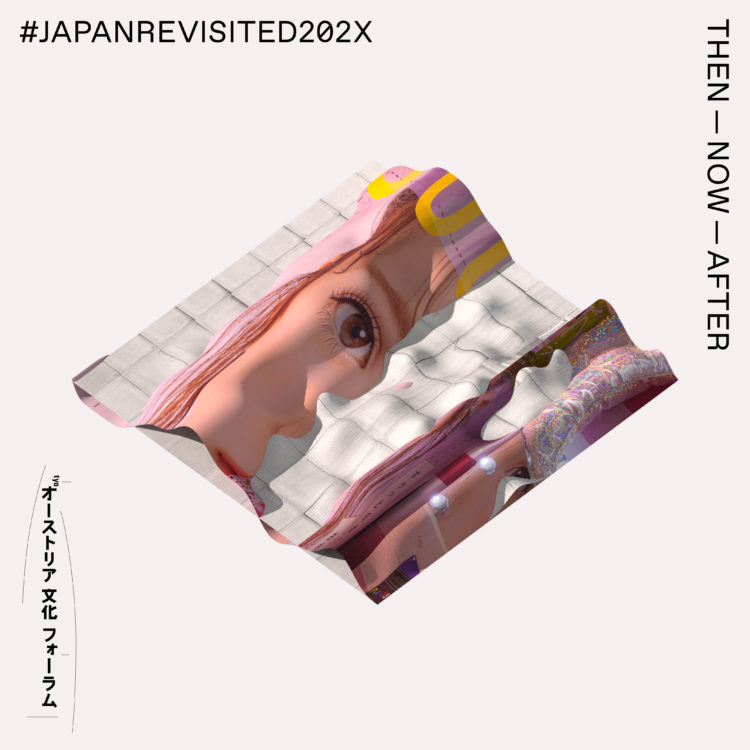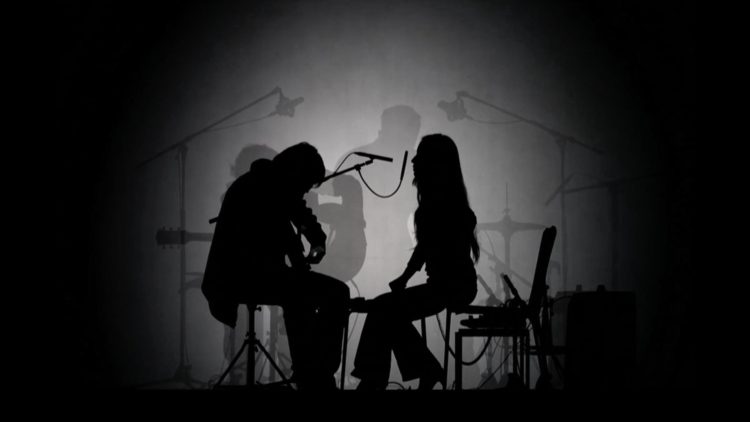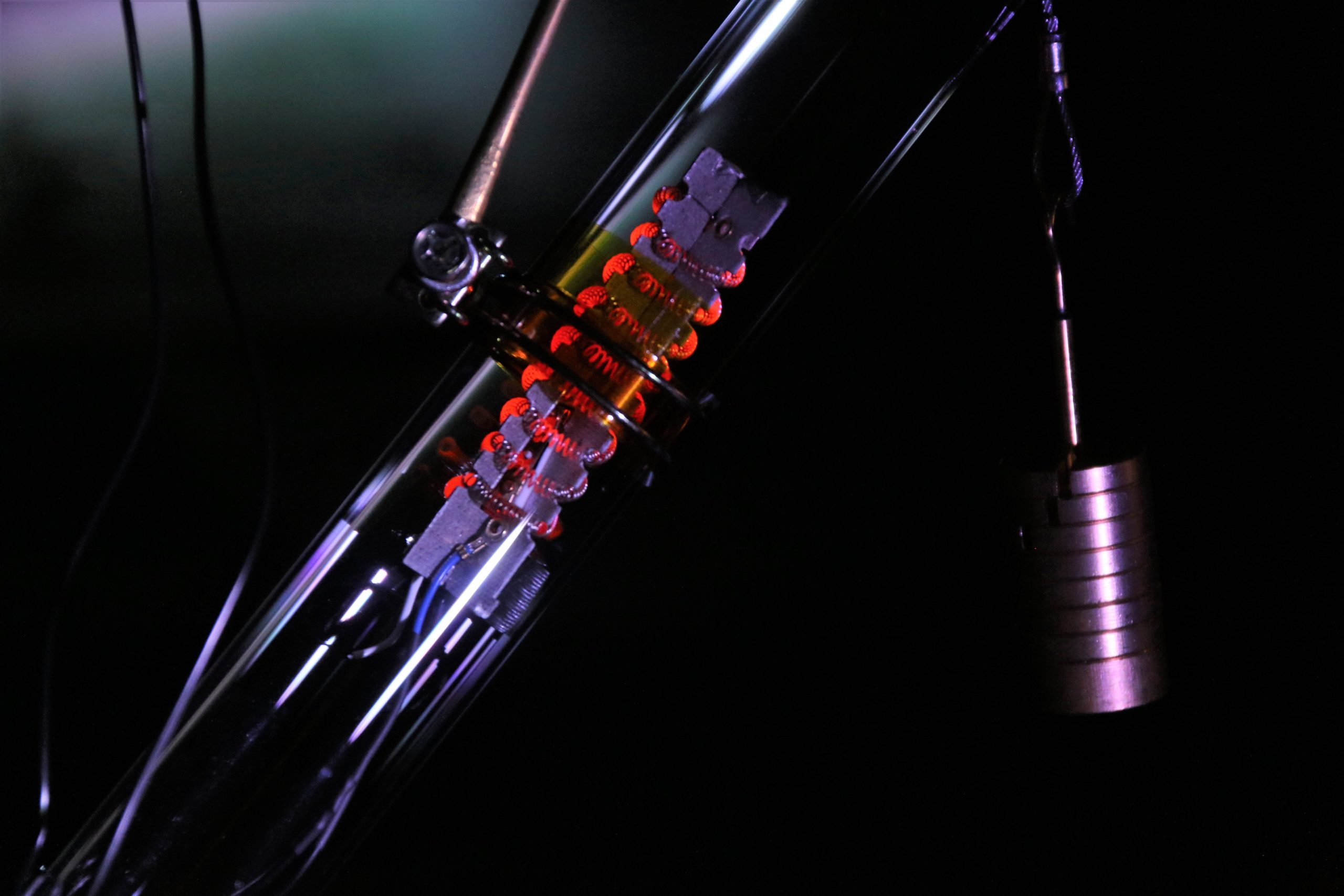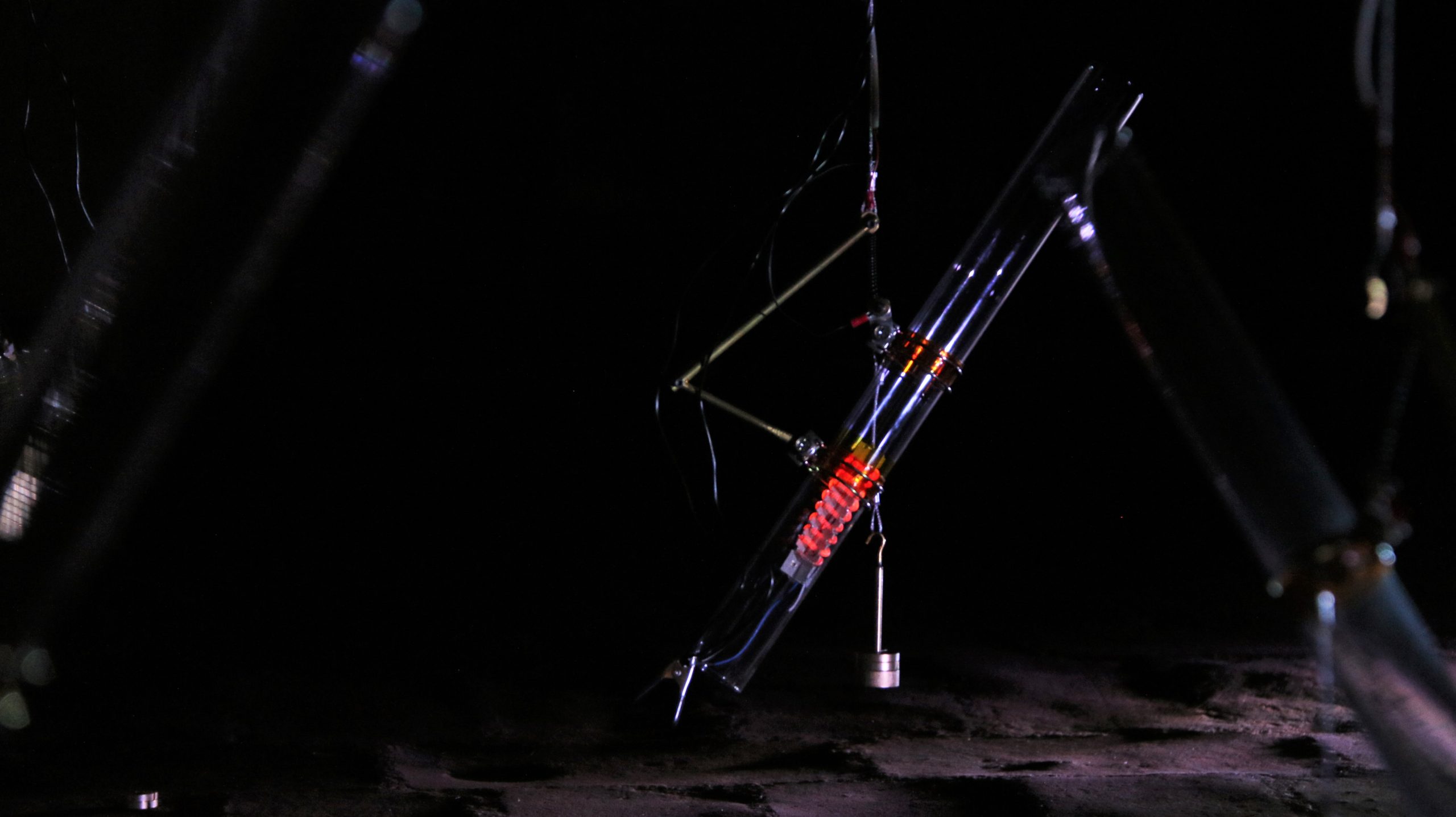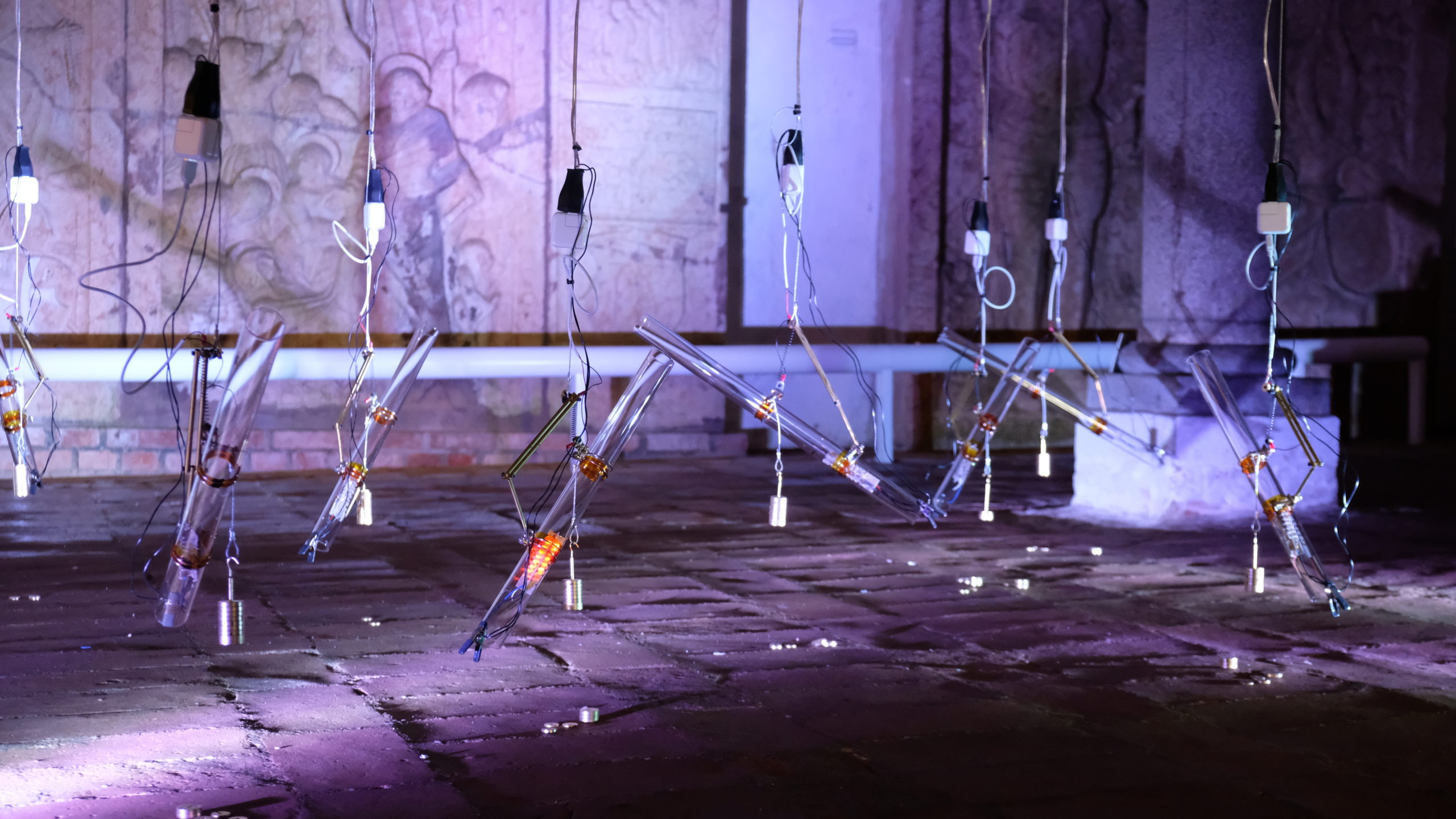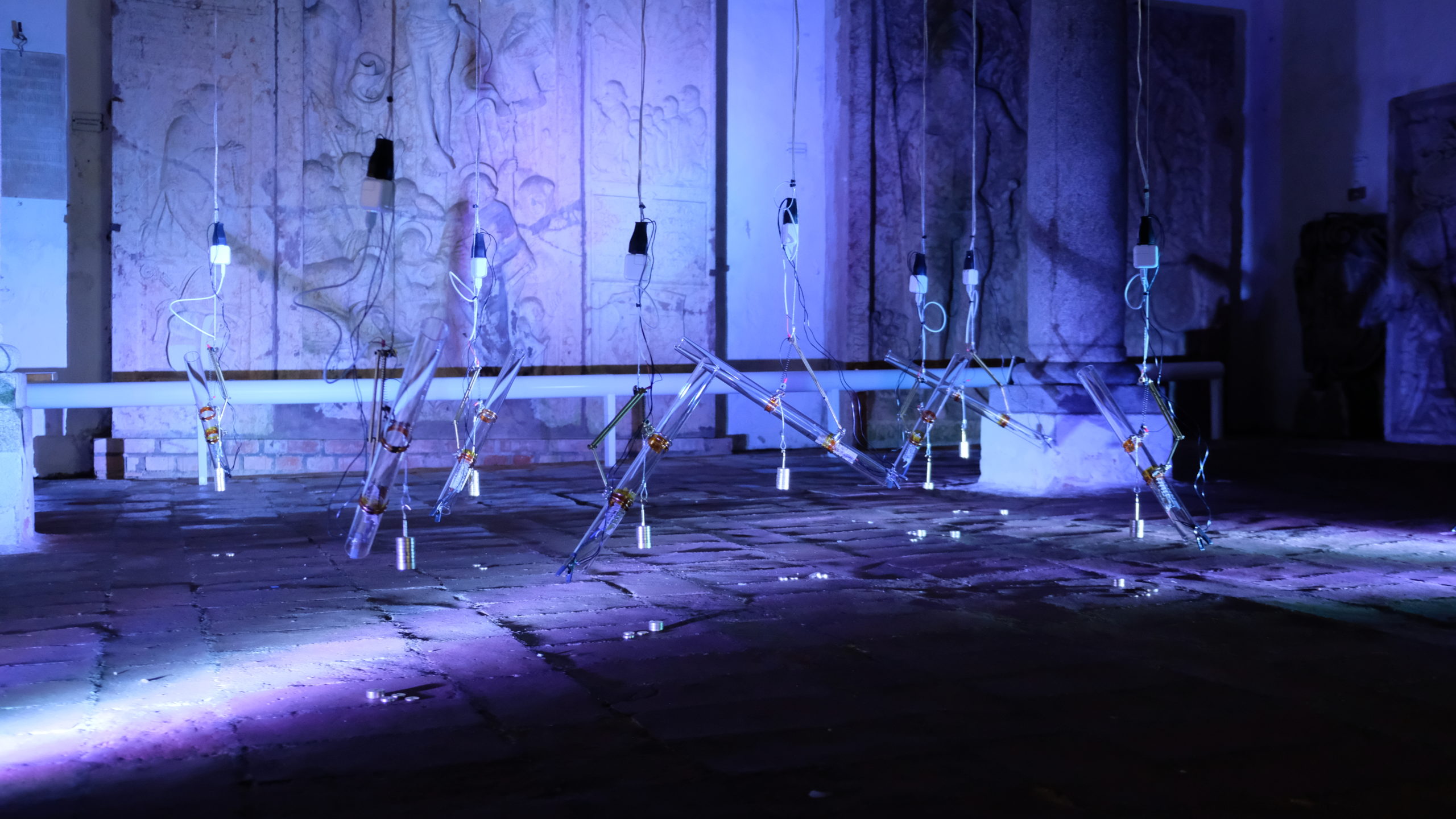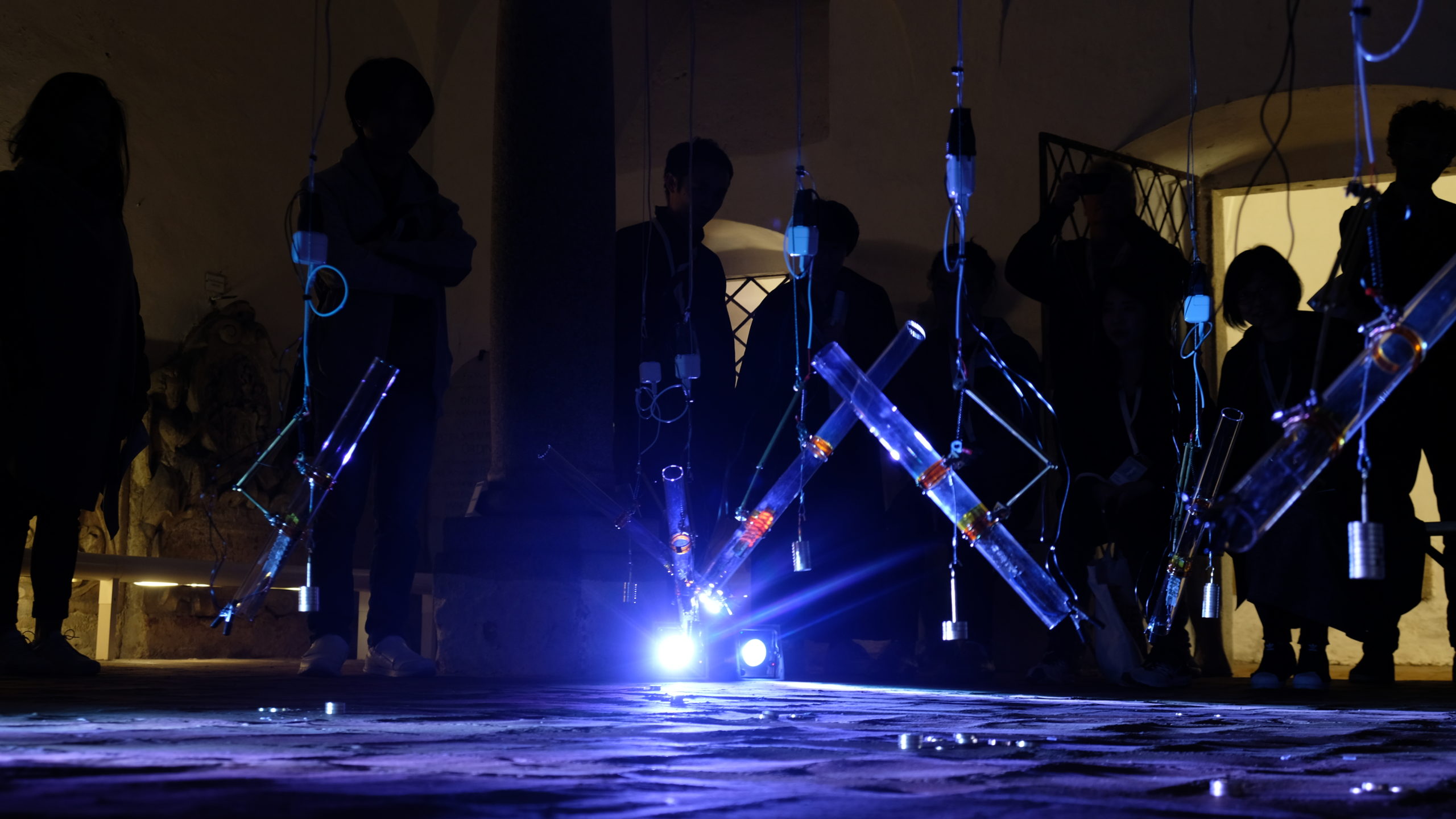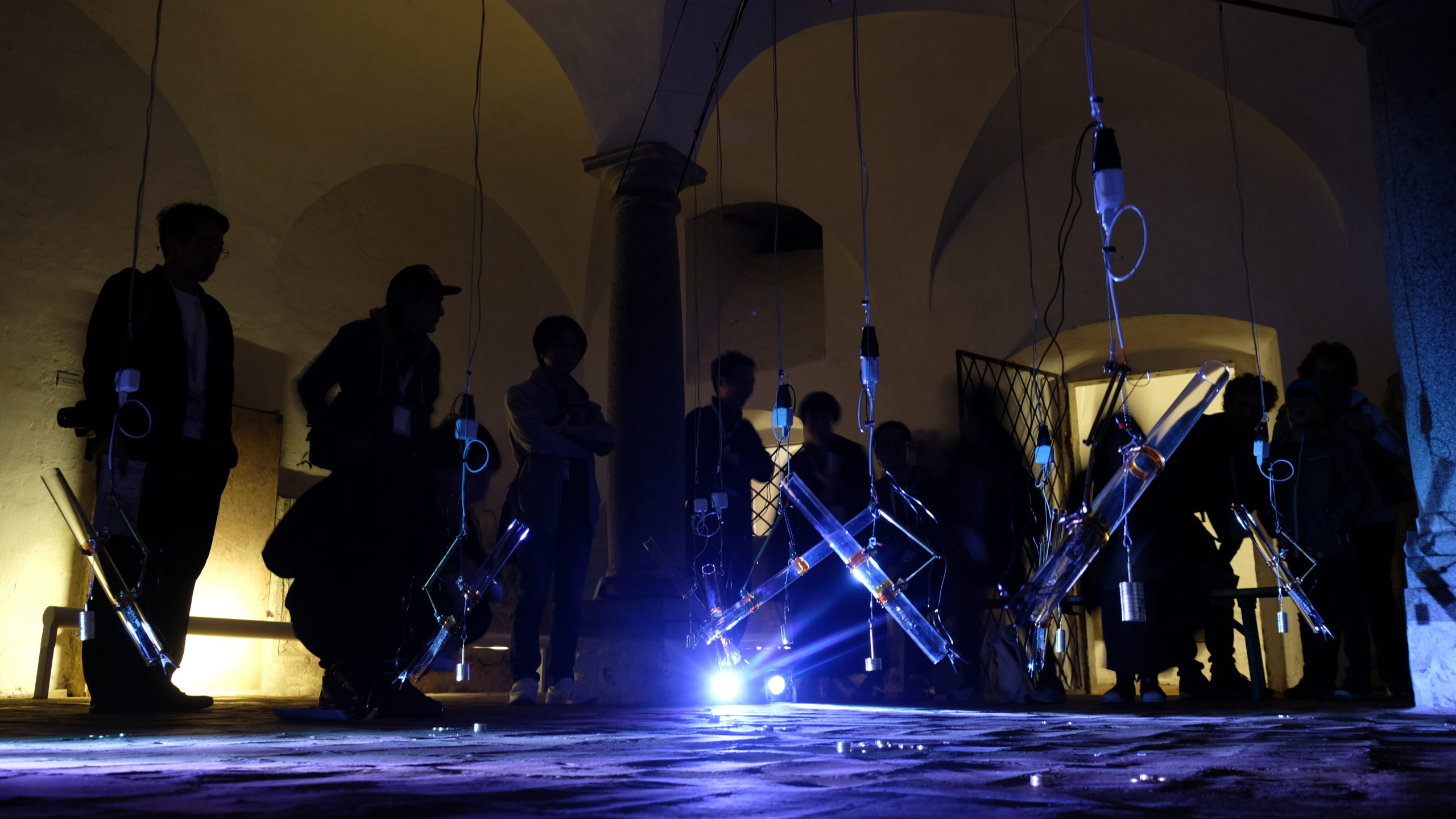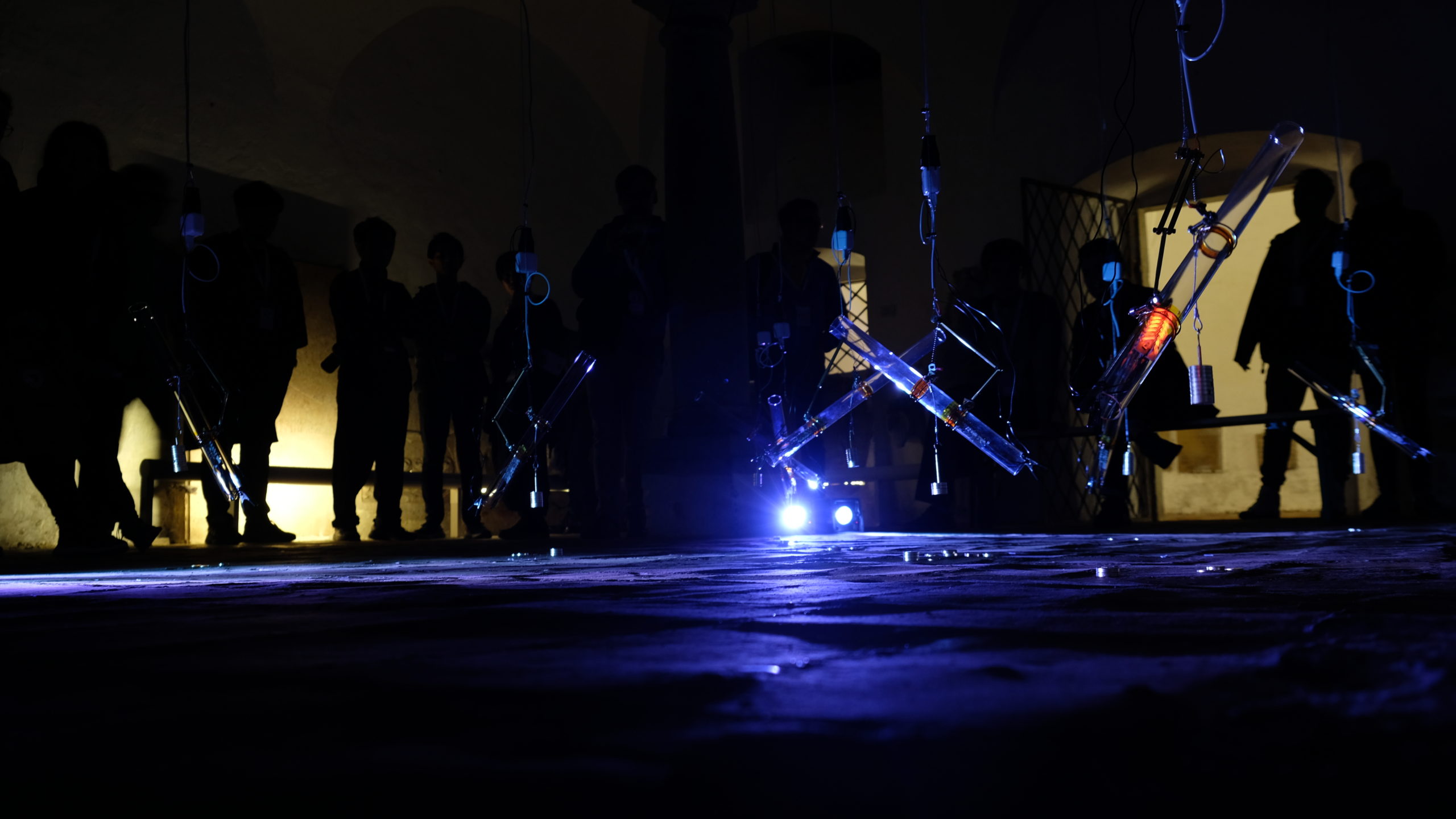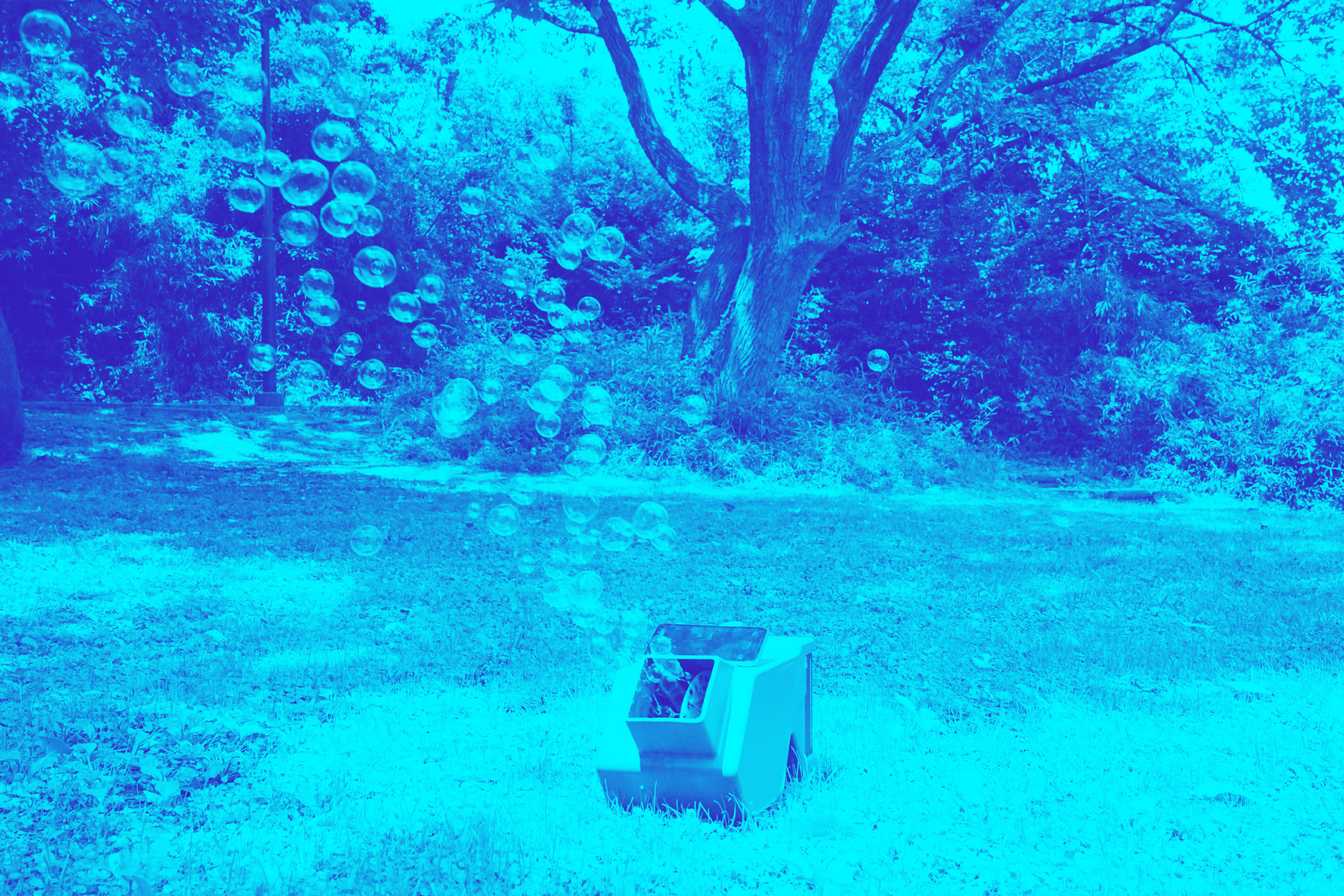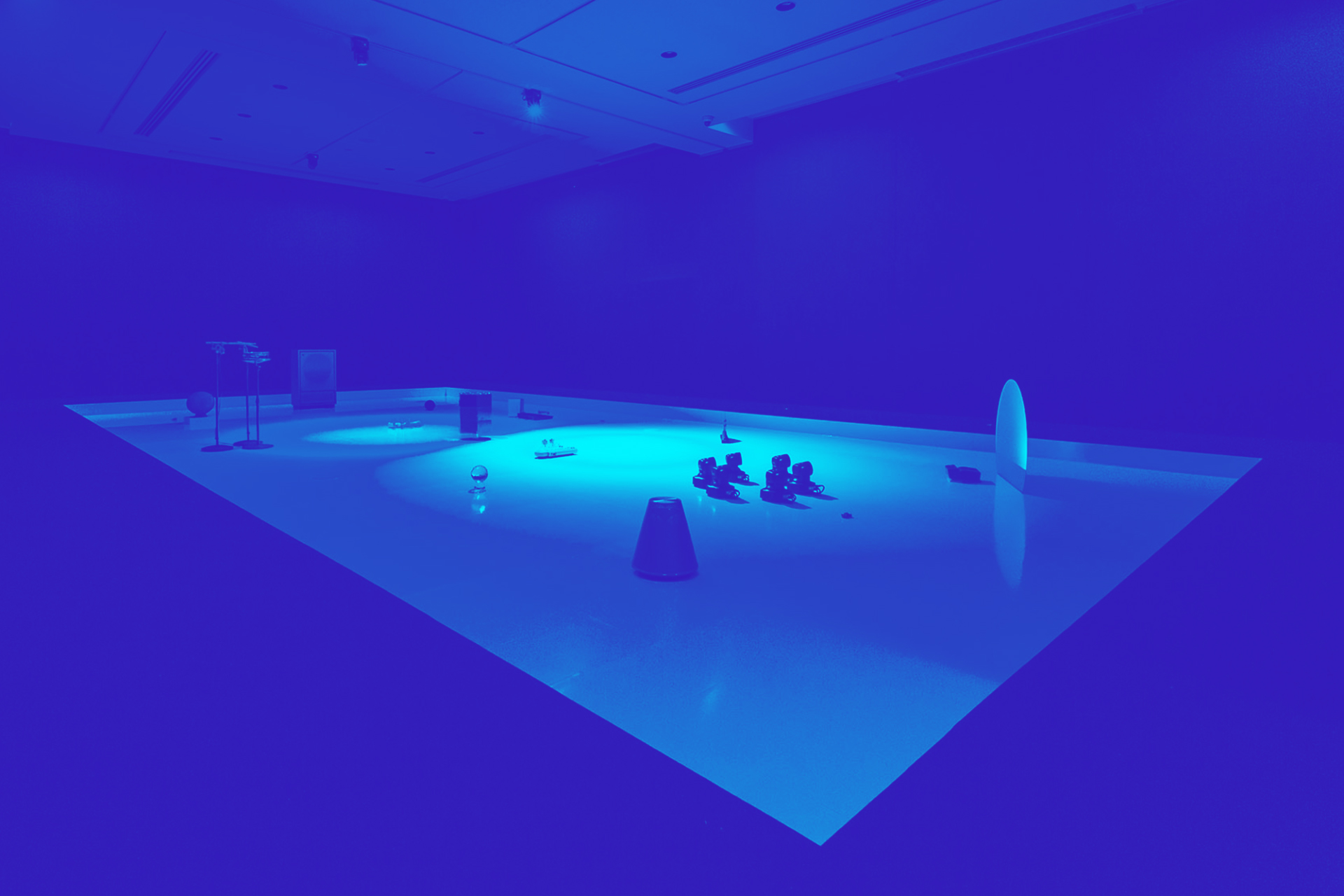TOKYO GARDEN / Exhibition
Soundform No.1
Natura Machina / Yasuaki Kakehi (JP), Mikhail Mansion (US), Kuan-Ju Wu (TW)
- Description
- "Soundform No.1" is a minimalistic soundscape and kinetic art installation that transforms heat energy into a poetically evolving, spatiotemporal composition. All the sound in this installation is created thermo acoustically by activating heating elements inside quartz glass tubes hung in the space. As the glass warms, a nickel-titanium spring reacts instantly, pulling the cylinder upright. At the correct angle, airflow becomes unrestricted, and a thermo acoustic phenomenon, known as a Rijke effect (named for the professor who discovered the phenomenon in 1859), creates an audible tone. The tone is a product of the glass tube’s length and diameter, combined with the rapid change of temperature in the air column. While the heating elements are operated by the microcontroller, the conversion from heat to sound is affected by the condition of the space including airflow, temperature, and orientation of the tubes. Through modulation of heat, light, and motion, "Soundform No.1" creates an ever-changing atmosphere of Zen-like tonal patterns and visual effects.
- Director’s message
- Media may have been very primitive by nature. Electronic music and visuals were born from the complexity of chemical reactions and information transfer processes that led to the creation of devices and their intentional manipulation. This work will bring us back to fundamental thinking, where such complexity has become the norm today. It seems to prove that natural phenomena can evolve more beautifully by manipulating chemical reactions, just as humans manipulate fire.
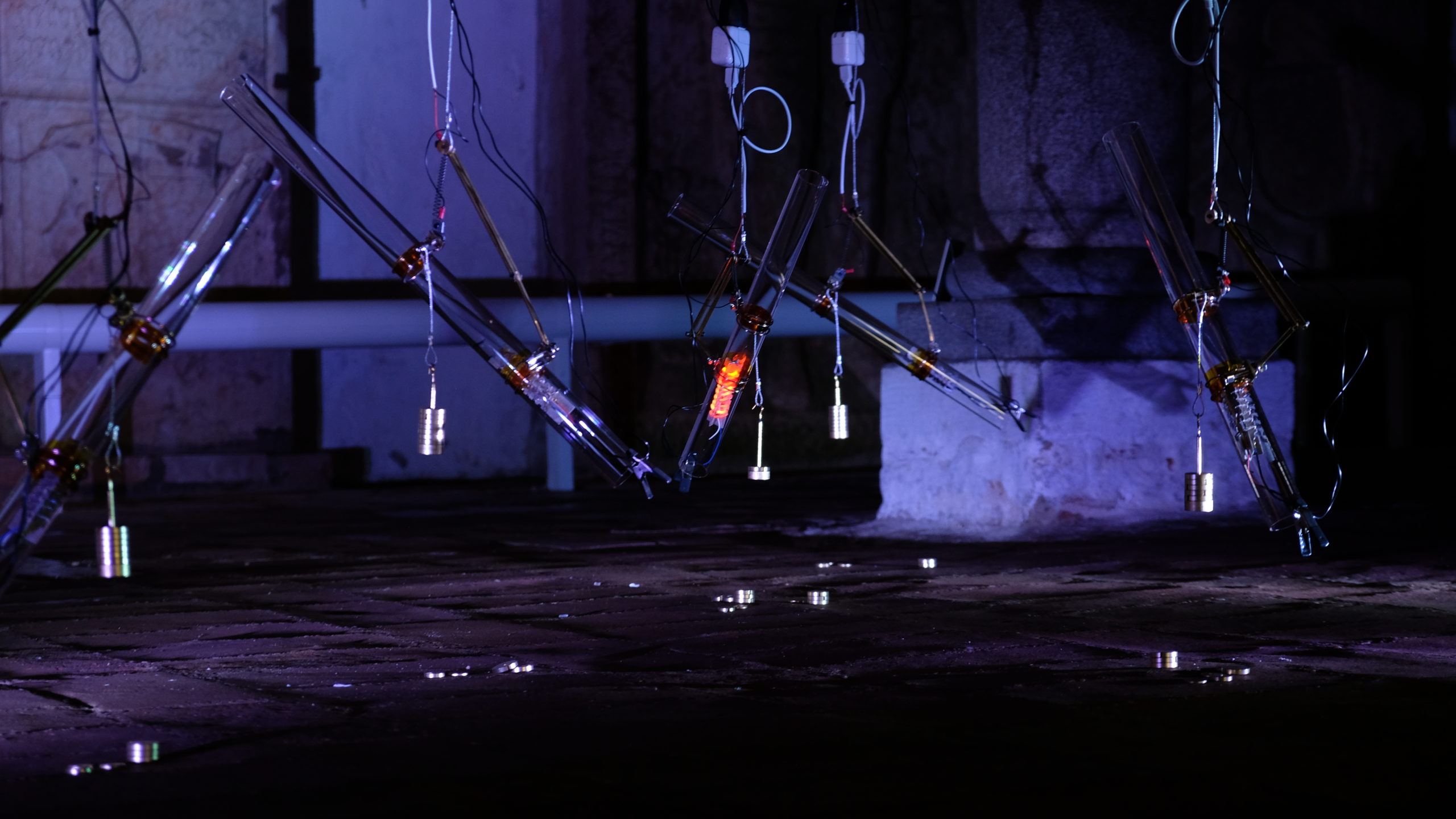
© 2019 Natura Machina
Inspired by the original work of:
Soundform No.1
23rd Japan Media Arts Festival / Art Division Excellence Award
Media installation
Profile
-

Natura Machina (JP/US/TW)
Natura Machina is a collective of experimental artists that theorizes and explores a new aesthetic convergence between nature and machine through the advent of new media art.
Drawing on nature for inspiration, input and source, Natura Machina seeks to uncover new modalities of experience, communication and creative expression. Through research, design and fabrication of new media art installations, the group explores forces, ephemera, patterns, perception, interactions, sensation, motions, spaces, sounds and numerical relationships between natural environments and artificial systems and machines. -
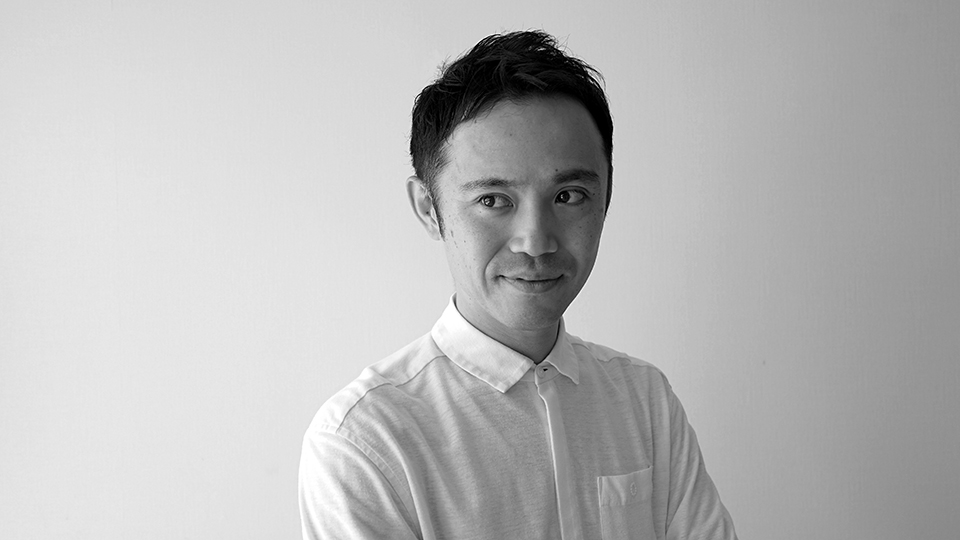
Yasuaki Kakehi (JP)
Artist/Researcher
Kakehi is an artist and researcher working in the fields of media art and Human Computer Interaction. His research focuses on the creation of artworks and interfaces that provide interaction with various physical materials and phenomena through a computational approach to change in behavior, characteristics and interactivity. His work has been presented at exhibitions and conferences such as Ars Electronica and Japan Media Art Festival, which has also won many awards. Received Ph D. (Interdisciplinary Information Science) from the University of Tokyo in 2007. After working as an associate professor at Keio University, as a visiting associate professor at MIT, and as an artist in the media art unit plaplax, he is now an associate professor at the University of Tokyo. From this project, he has started collaborating with Milhail Mansion and Kuan-Ju Wu, as well as developing his own act as Natura Machina. -
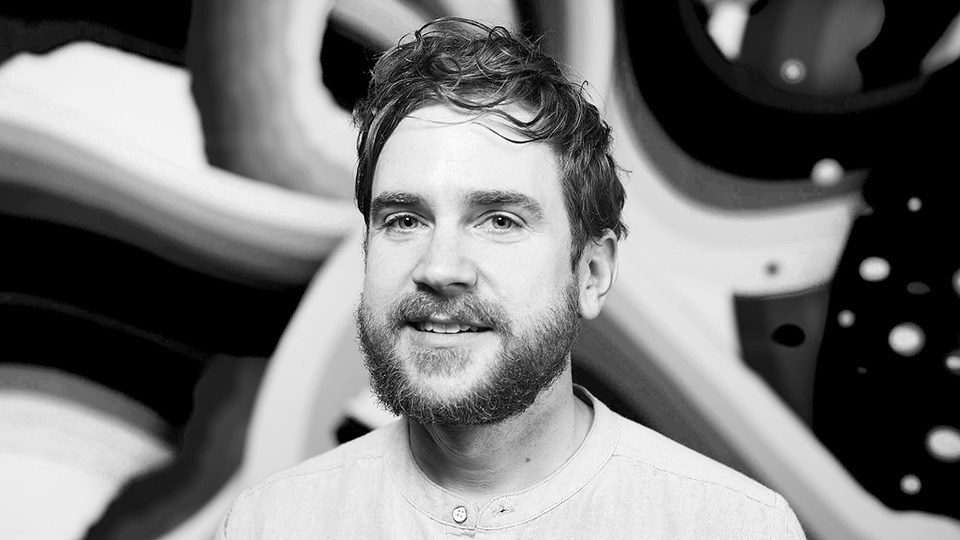
Mikhail Mansion (US)
Artist/Engineer/Entrepreneur
Mikhail Mansion is an interdisciplinary artist, engineer and entrepreneur with a history working across industries in service of art and design. Highly skilled in digital and computational design methods, creative coding, prototype fabrication and emerging technology practices, he is founder of Transmission Arts, a small art+technology research company focused on designing new forms of interactive media art that delight, inform, educate and empower audiences.
As an artist, Mikhail builds interactive artwork that employs algorithms and mechanisms to explore expressive systems, in both natural and artificial spaces. He is interested in designing custom software and building handcrafted, electro-mechanical systems that uncover the hidden poetry of forces, ephemera, and sensations embedded in the world around us. His work has been shown in museums, galleries, space observatories and science centers in several around the world. He studied art and engineering, and holds an MFA from Digital + Media, at the Rhode Island School of Design. -
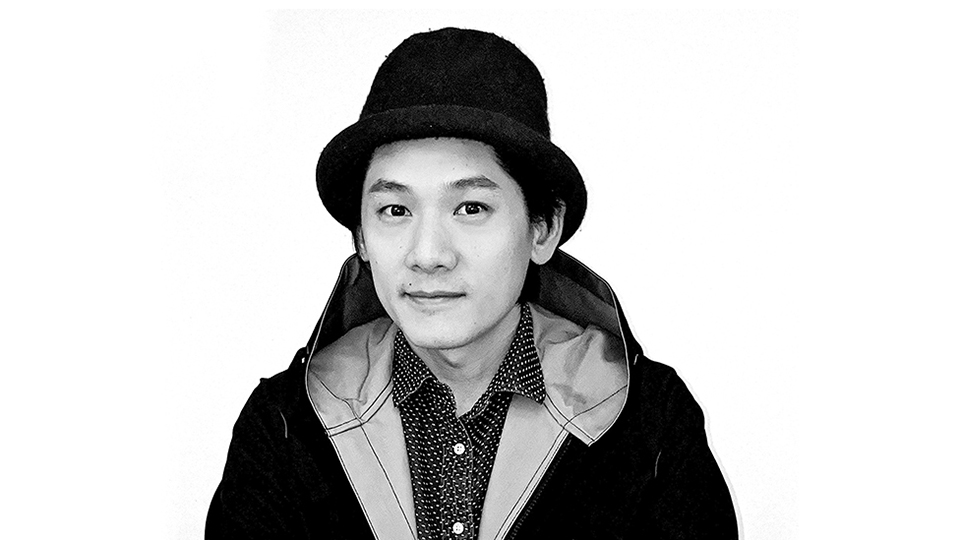
Kuan-Ju Wu (TW)
Creative Technologist/Media Artist
Kuan-Ju Wu is interested in creating delightful interactions between humans, machines, and environments. He builds kinetic construction kits and tangible interfaces that borrow facets from the shapes and movements of nature, from the stories about the future machines, and the perceptual memories from our early childhood, those intuitive, rich and satisfying experiences.
Kuan-Ju sees teaching as art. In addition to illustrating technical knowledge he enjoys engaging in the constructive thinking process with students. He has led courses and workshops at universities and communities in the topics such as Making Thing Interactive (CMU), Robotic Bug Workshop (Assemble Gallery), Drawing Machine (RISD), Sensor Driven Storytelling - Internet of Trees (RISD), Creative Programming and Electronics (UC Berkeley)
Kuan-Ju Wu received his Master’s in Tangible Interaction Design from Carnegie Mellon University, Pittsburgh, PA and his Bachelor in Electronics Engineering from National Chiao Tung University in Taiwan. He currently serves as the Lab Manager at CITRIS Invention Lab and Instructor at Jacobs Institute for Design Innovation at UC Berkeley.
Credit
- Supported by JST ERATO Project

